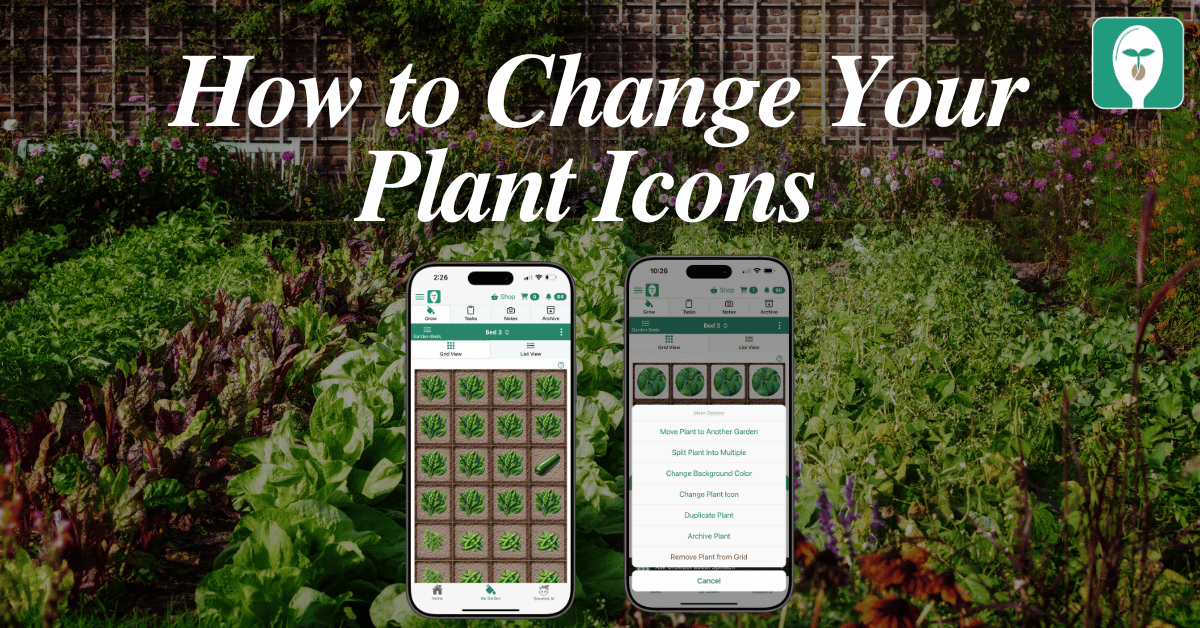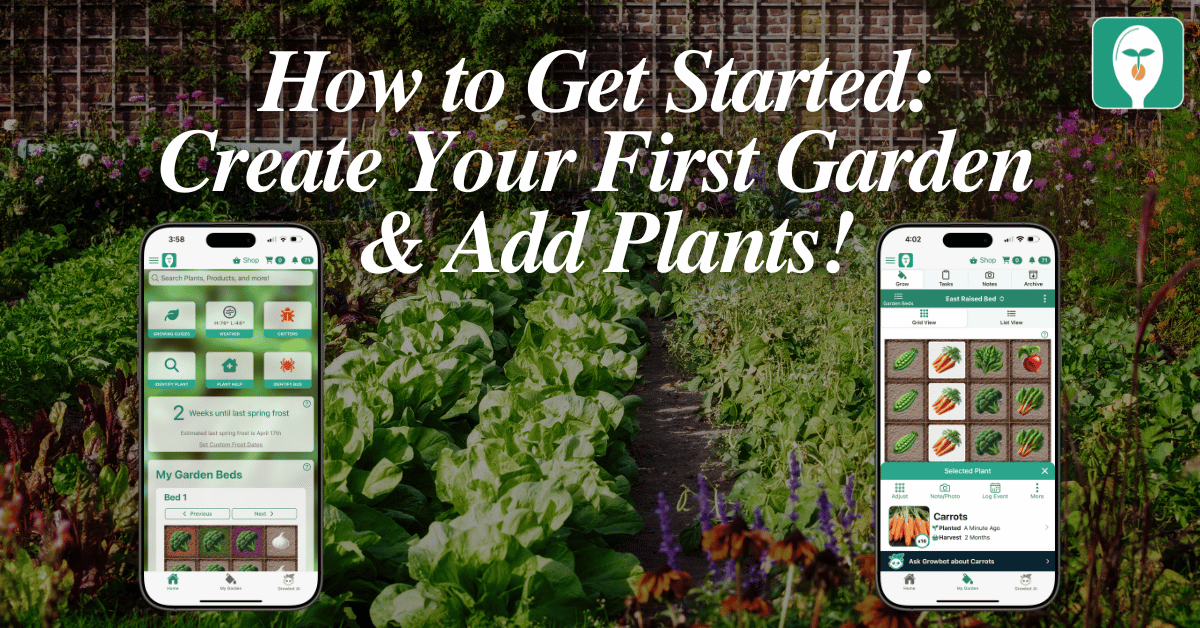
Gardeners often lament the sight of their leafy greens bolting, but when it comes to bok choy, the emergence of flowers might just be a hidden culinary treasure. These delicate blooms not only add beauty to the garden but also bring a unique flavor to the table, reminiscent of broccoli but with a distinct twist. Here’s why you should give bok choy flowers a try and how they can elevate your cooking.
Discover the Tasty Secret of Bolting Bok Choy
Bolting occurs when a plant starts to flower and seed prematurely, often due to changes in temperature and daylight. While this can signify the end of the growing season for some vegetables, for bok choy, it marks the beginning of a new flavorful opportunity. As bok choy begins to bolt, it produces clusters of yellow flowers that are not only edible but deliciously tender.
Flavor Profile: Bok Choy Flowers vs. Broccoli
Bok choy flowers have a flavor that is notably similar to broccoli but with a milder, more herbaceous tone. This makes them an excellent addition to a variety of dishes, from salads to stir-fries. Their subtle taste enhances meals without overpowering other ingredients, making them a versatile choice for both subtle and bold culinary creations.
Culinary Uses of Bok Choy Flowers
Incorporating bok choy flowers into your diet is as easy as harvesting them from your garden at the right time. Here are a few culinary ideas to get you started:
- Salads: Sprinkle fresh bok choy flowers on top of your salads for a splash of color and a burst of flavor.
- Stir-Fries: Add them to stir-fries in the last few minutes of cooking to maintain their delicate texture and flavor.
- Garnishes: Use bok choy flowers to garnish soups, stews, and plates, adding both visual appeal and a hint of flavor.
Nutritional Benefits of Bok Choy Flowers
Bok choy is known for its health benefits, and its flowers are no exception. They contain vitamins A, C, and K, and are rich in antioxidants, making them not only a tasty addition to your dishes but also a nutritious one. Incorporating bok choy flowers into your meals can help boost your intake of essential nutrients while adding variety to your diet.
Frequently Asked Questions
1. How does the taste of bok choy flowers compare to other edible flowers? Bok choy flowers offer a flavor that is more similar to traditional vegetables like broccoli, rather than the often sweet or peppery tastes of other edible flowers, such as nasturtiums or violets.
2. Can other bolting vegetables be eaten similarly? Yes, many vegetables that bolt can have edible flowers, including radishes, arugula, and mustard greens. Each brings its own unique flavor and can be used similarly in culinary applications.
3. What are the nutritional benefits of consuming bok choy flowers? Bok choy flowers are rich in vitamins A, C, and K, and they offer a good source of dietary fiber and antioxidants, which are beneficial for overall health.
Bok choy flowers are more than just a byproduct of bolting—they are a flavorful and nutritious addition to any meal. Next time your bok choy begins to flower, consider it an opportunity to explore new culinary horizons. Whether added to a crunchy fresh salad, tossed into a vibrant stir-fry, or used as a decorative and tasty garnish, bok choy flowers are a must-try for any adventurous gardener-cook. So, the next time you spot those yellow blooms, remember, it’s not just the bok choy that’s useful in the kitchen—the flowers are too! Don’t forget to check out the From Seed to Spoon app, to help you grow your own food effectively and efficiently!

Carrie Spoonemore, co-founder of “From Seed to Spoon,” stands as a beacon of inspiration for gardeners and health enthusiasts alike. Her journey alongside her husband, Dale Spoonemore, in creating a platform that demystifies gardening and promotes a healthier lifestyle, has made a significant impact on individuals around the globe. Through the “From Seed to Spoon” app, Carrie has dedicated herself to empowering people to take control of their health and environment by growing their own food.
With a profound belief in the power of gardening to improve mental and physical health, Carrie’s contributions to the Seed to Spoon blog reflect her holistic approach to wellness. Her articles often focus on the nutritional benefits of homegrown fruits and vegetables, organic gardening practices, and the mental health benefits of spending time in nature. Carrie’s expertise in health science shines through in her detailed discussions on how specific plants can contribute to a balanced diet and overall well-being.
Carrie’s passion for gardening is deeply intertwined with her commitment to family and community wellness. She frequently shares personal stories of how gardening has brought her family closer together, offering practical tips for involving children in gardening activities and making it a fun, educational experience. Her writing encourages families to explore gardening as a means of spending quality time together while learning about nature and sustainability.
In addition to gardening advice, Carrie’s contributions to the blog include insights into the use of technology to enhance the gardening experience. She has played a crucial role in designing the “From Seed to Spoon” app to be user-friendly, ensuring that users of all ages and backgrounds can navigate the complexities of gardening with ease. Her vision for the app is not just as a gardening tool but as a vehicle for change, inspiring individuals to adopt a more sustainable lifestyle by growing their own food.
Carrie Spoonemore’s presence on the blog is marked by her compassionate approach to teaching and her unwavering belief in the transformative power of gardening. Her work continues to inspire a community of gardeners to pursue a healthier, more sustainable way of living, proving that with the right tools and knowledge, anyone can become a gardener and advocate for their health and the planet.







